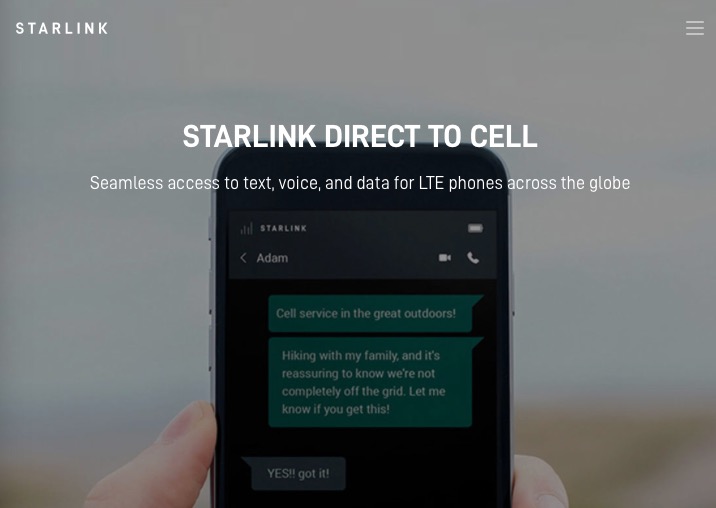
SpaceX Completes First Video Call via Starlink Direct to Cell Satellites
On May 21, 2024, SpaceX announced the successful completion of the first video call using their Starlink Direct to Cell satellites, marking a significant milestone in satellite communication technology.
The call was made from unmodified mobile phones, showcasing the potential of this technology to provide ubiquitous connectivity. SpaceX is preparing to launch this service with T-Mobile later this year.
In a previous test on January 8, 2024, the Starlink team successfully sent and received their first text messages using T-Mobile network spectrum through one of their newly launched Direct to Cell satellites. This achievement came just six days after the satellites were launched on January 2, 2024. The Starlink team then posted to X in February, testing its data connection.
The ability to connect standard cell phones to satellites presents numerous technical challenges, such as the high-speed movement of satellites relative to users on Earth, requiring seamless handoffs and accommodations for factors like Doppler shift and timing delays.
Check out the video below:
First video call on @X completed through @Starlink Direct to Cell satellites from unmodified mobile phones!
We’re excited to go live with @TMobile later this year 🛰️🌎 pic.twitter.com/v4nA5B75EX
— SpaceX (@SpaceX) May 21, 2024
Starlink’s Direct to Cell satellites are equipped with custom silicon, phased array antennas, and advanced software algorithms that overcome these challenges, enabling standard LTE service to cell phones on the ground. SpaceX’s unique vertical integration, which includes rocket and satellite production and launch operations, allows them to rapidly scale the Direct to Cell network.
The company plans to launch hundreds of satellites this year to enable text service, followed by voice, data, and Internet of Things (IoT) services in 2025.
The technology utilizes the existing Starlink satellite constellation, connecting to partner operators’ networks using laser backhaul and leveraging Starlink’s extensive ground infrastructure. This integration allows early satellites to provide services globally where regulatory approvals are obtained.
SpaceX has partnered with T-Mobile and other international operators, including Rogers in Canada, Optus in Australia, One New Zealand, KDDI in Japan, Salt in Switzerland, and Entel in Chile and Peru. These partnerships enable the use of LTE spectrum in the 1.6-2.7 GHz range, facilitating seamless roaming and service integration for users worldwide.
The development and testing of the Direct to Cell network have been supported by regulatory approvals from the Federal Communications Commission (FCC) and other global regulators. SpaceX continues to work closely with these bodies to expand the service internationally.
This year, SpaceX plans to expand testing to include greater coverage, launch hundreds of satellites to build out the text constellation, and work towards deploying the voice, data, and IoT constellation by 2025.


